I Measured My Flying Footprint in 2022, and This is What I Learnt.
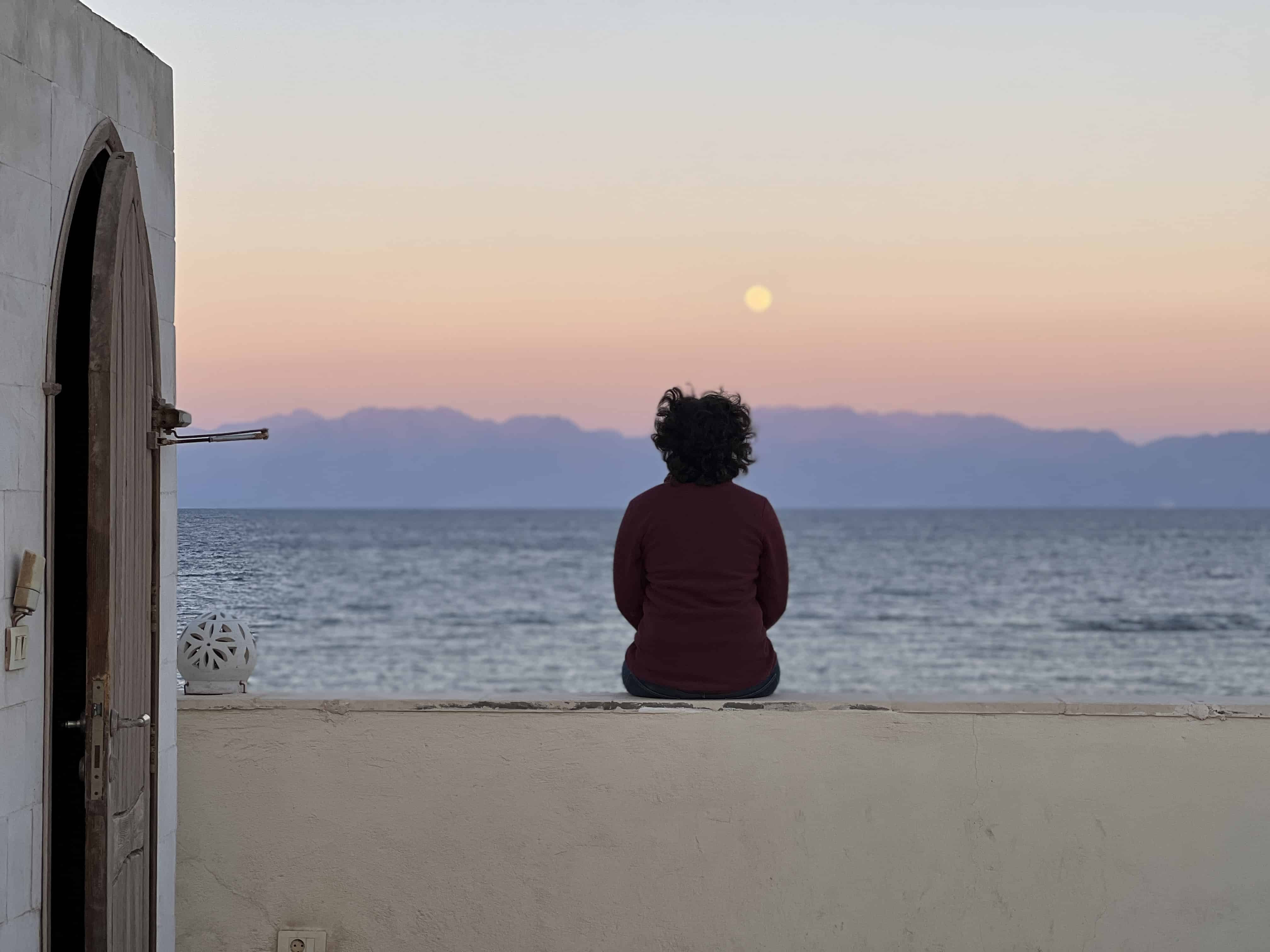
As someone whose passion, work and income is closely intertwined with travel, making the commitment to measure, reduce and compensate my flying emissions hasn’t been easy.
Towards the end of 2021, I signed the Glasgow Declaration on Climate Action in Tourism – released at COP27 to urge the tourism sector to acknowledge and reduce its carbon emissions. As an independent travel writer and consultant, I pledged to keep track of all my flights through 2022, measure my flying footprint, figure out a reduction and offset plan, and work with the industry to accelerate climate action.
Also read: Why I’m No Longer Travelling Full Time
My 2022 flying footprint
Despite trying to reduce leisure travel, and saying no to atleast some work assignments, I took 10 trips through 2022 – of which six were work-related, and two each were for leisure and to see family. Counting each flight connection as one flight even on the same trip, I ended up taking 32 flights – resulting in a whopping 19.25 tons CO2e!
The majority of these emissions – 9.2 tons CO2e – came from my long journey from Goa, via Mumbai and Santiago, to Robinson Crusoe Island in Chile. This was followed by 3.1 tons on the Goa-Mumbai-Zurich roundtrip.
Also read: What You Should Know About Sustainable Aviation and the Impact of Flying
Along the way, I learnt three important things:
1. Business class generated almost double the emissions of economy, for the same route
I travelled business class on three routes, all on work assignment for the airlines – and just those 3 flights generated 42% of my total emissions!
Lesson: Hard though it is, say no to flying business class.
2. 82% of my flying footprint came from work trips
This was followed by 13% and 5% for leisure and seeing friends/family respectively.
Lesson: Reduce travel assignments, and find other sources of income.
3. Living away from a major airport is a challenge
I was based in Goa through 2022 – and while taking the long train or overnight bus from Goa to Mumbai and back was a possibility, it was just too tiring and time-intensive for short trips.
Lesson: Not sure there is one, given the quality of air, water and life in big cities.
Also read: Do we Need to Reconsider Our Flying Guilt?
My climate action steps for 2022
1. Include a budget to compensate flights for work trips
In 2022, as I tracked my flying emissions, I made it a point to budget for flight compensation (offsets) for all my work trips. Lenovo and Switzerland Tourism took measures to offset the flying emissions from my travels to Chile and Switzerland, which amounted to 6.1 and 3.1 tons CO2e respectively.
2. Meaningfully offset my flying emissions
That left me with 10.1 tons CO2e to offset, and here’s how I’m doing that:
Planting a native forest with Sadhana Forest in Auroville
Instead of buying cheap trees through offset programs that I might never get to see myself, I’ve partnered with Sadhana Forest in Auroville, Tamil Nadu – to financially support their reforestation work on severely eroded land.
This non-profit has been working in Auroville, Meghalaya and Kenya for over 20 years, aligns with my values of compassion towards all living beings, and is transparent about the challenges of afforestation / reforestation is arid areas like Auroville.
When the monsoon arrives in Auroville, I hope to join them in planting atleast 500 native trees on land owned by Sadhana Forest – ensuring that these trees will not only be planted but also be nurtured to maturity over the years.
Supporting a young girl’s education in Ladakh
According to Drawdown, one of 100 most effective solutions to address climate change is supporting the education of girls. Women face different challenges than men – and are being disproportionately affected by climate change too.
As agriculture becomes increasingly unpredictable, men are migrating away from Himalayan states across India, leaving women to shoulder the burden of farming and family. When incomes decrease, girls’ education is the first to suffer.
When a friend introduced me to Mahabodhi School in Ladakh, which focuses on quality education for children of all backgrounds, and offers scholarships to those who can’t afford it, I knew it had to become part of my climate action plan. In 2023, I began supporting the education of a bright young girl from Ladakh, parented by a single mother who works on daily wages to make ends meet.
A few more students are up for scholarship; if you’d like to support one, please send me an email and I’ll initiate an introduction.
Also read: Simple Ways to Travel More Responsibly in Ladakh
3. Industry projects with Climate Conscious Travel
In 2022, I launched my impact consultancy Climate Conscious Travel, where I’ve been working with the tourism sector to integrate community-centric climate action in tourism offerings. Some projects I’ve worked on include:
GHG Inventory and Reduction Plan for a 530-room hotel in Spain
As part of an academic project as a Master’s student at Harvard University, I worked with Los Jameos Playa – located in the Canary Islands in Spain – on a GHG Inventory and Reduction Plan. This included measuring their Scope 1 and Scope 2 emissions, along with two categories of Scope 3 emissions (food waste and laundry) – and devising ways to reduce them.
The hotel has committed to using some of the recommendations to reduce emissions, as well as measure more Scope 3 categories in the next inventory.
Measuring emissions + Community-based offsets for Vegan Travel Asia
Over the past year, I’ve worked with Vegan Travel Asia to estimate the carbon footprint of their trips in South and Southeast Asia, and reduce emissions where possible. But even with a focus on community-centric trips, eco-friendly accommodations, train travel, electric tuk tuks, and plant-based meals, it’s impossible to reduce emissions to zero.
Instead of buying cheap, and often problematic, offsets halfway across the world, we’ve worked towards compensating 3x emissions through locally designed projects that have co-benefits for communities in the trip regions. These include replacing biomass cooking with electric cookstoves in rural Nepal, which bring health benefits to the women, as well as rewilding projects in local sanctuaries. Year on year, as the trips pass through these regions, the efficiency and longevity of these ‘offsets’ is easy to monitor.
Also read: What India (and the World) Can Learn from Sustainable Tourism in Kerala
Easy access to sustainable travel in cities, through Sustainable Cities
It’s been really exciting to launch Sustainable Cities earlier this year – a collaboration between Climate Conscious Travel and the Netherlands-based boutique agency iambassador. The platform brings together Destination Marketing/Management Organizations and local storytellers / past travellers who know their cities really well, to offer insider suggestions for meaningful city exploration. From Berlin to Bangkok and Cape Town to Graz, the platform seeks to inspire conscious travel choices, while helping destinations reach conscious travellers.
Impact report for a luxury hotel group
There’s nothing I love more than the intersection of writing and sustainability – and working on a luxury hotel group’s impact report has been an opportunity to do just that. In the process, I had the chance to research how luxury hospitality can coexist with environmental and social sustainability, nudge the brand on future efforts, and broaden my own understanding of what a truly sustainable accommodation can look like.
Also read: Can Luxury Travel Be Sustainable?
4. Writing about climate change and tourism
Last year, I got back to freelance writing, with a focus on raising awareness about climate change through the lens of travel. These are some stories closest to my heart:
- The Washington Post: Traveling in Chile is a lesson in the ravages of climate change (Finalist, Most impactful piece of travel writing, Bessie Awards)
- Mint Lounge: How women are guiding change in Munsiari
- Travel + Leisure: A Forgotten Self-Sustainable Village in Uttarakhand
- Our Better World: A Himalayan homestay that’s an Ark for rural empowerment
5. A new climate change awareness series on Instagram
I’ve been talking about the impact of climate change on places I’ve visited for a long time, but frequent conversations on social media made me realize that we need more awareness and understanding of why it is even happening, and what we can do in our power to get out of this crisis.
Every fourth/fifth post on my Instagram is now dedicated to climate change awareness. Here are some of the posts / reels:
2023 goals
1. Reduce flying by significantly reducing long distance leisure and work travel – On track
In 2023, I’ve turned down many low impact / low value international and domestic travel invites, and travelled for leisure only closer home. My partner and I are currently spending 3-6 months in Himachal Pradesh – and I’m loving our slow mountain life!
2. Club work assignments and speaking opportunities – On track
So far, I’ve said yes to only one work trip to Germany, where I managed to combine two conferences, a couple of meetings, and some insightful conscious travel experiences. I chose to fly economy, take a direct flight to Frankfurt and then a connecting train (instead of the offered connecting flight), and travel carry-on only.
3. Advocate for sustainable travel virtually – On track
Last year, I flew pretty far out to speak at conferences like IMM Asia and TBEX. While it was great to do it ‘in person’ after so long, I’m not sure how much I can justify the emissions vs the impact. I’ve been focusing on virtual speaking gigs this year:
- G20 priority panel by Ministry of Tourism, India: Reducing tourism’s plastic footprint
- Planeterra: Rethinking Community Tourism in Protected Areas
- Remote Year: Sustainable travel as a digital nomad
- (Coming soon) WeTravel Tech & Innovation Summit: ChatGPT, travel and sustainability
I’m continuing to use social media to advocate for sustainability – on Instagram for travellers, and Linkedin for the industry.
Flying less has sounded like a daunting task for a really long time – especially as someone who is part of the travel industry. But this year, I’m finally learning to accept only high impact / high value work, commit to slower living, and find joy in other professional pursuits. I hope I can continue to stay on track for the rest of 2023!
Have you thought about tracking your environmental footprint? And do you contribute to environmental and social impact projects?
Subscribe to ‘The Shooting Star Insider‘ – a free newsletter I send out once every two months, with stories on slow, meaningful and conscious travel.
Hi there! I’m Shivya, and I started this travel blog back in 2011, when travel wasn’t trendy, Instagram didn’t exist and AI wasn’t a thing (simpler times, I know!). I write about slow, meaningful and conscious travel – that is good for us, the places we visit, the people we meet along the way, and the planet at large. Settle down, grab a cup of tea, and read stories that remind you of the essence of travel. I’m so glad you found me!

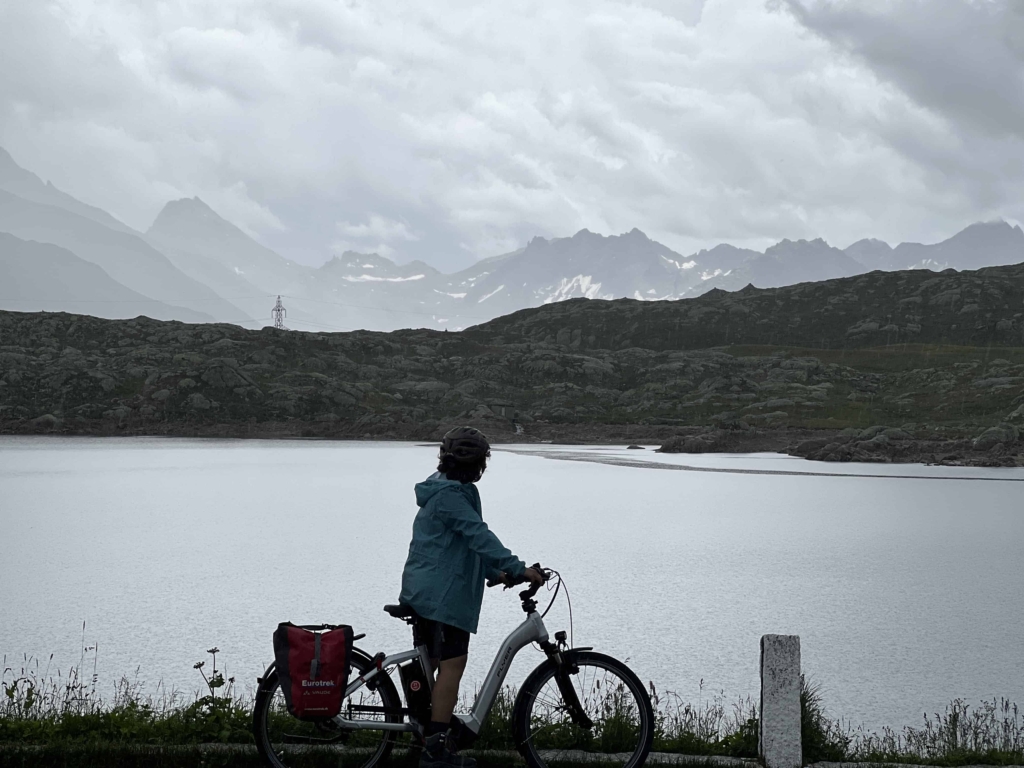
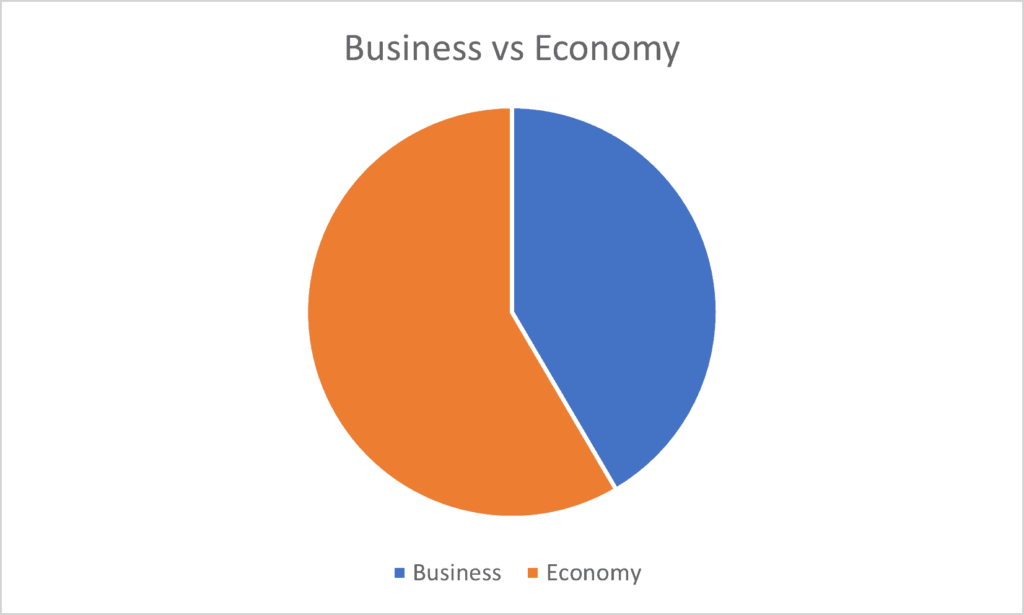
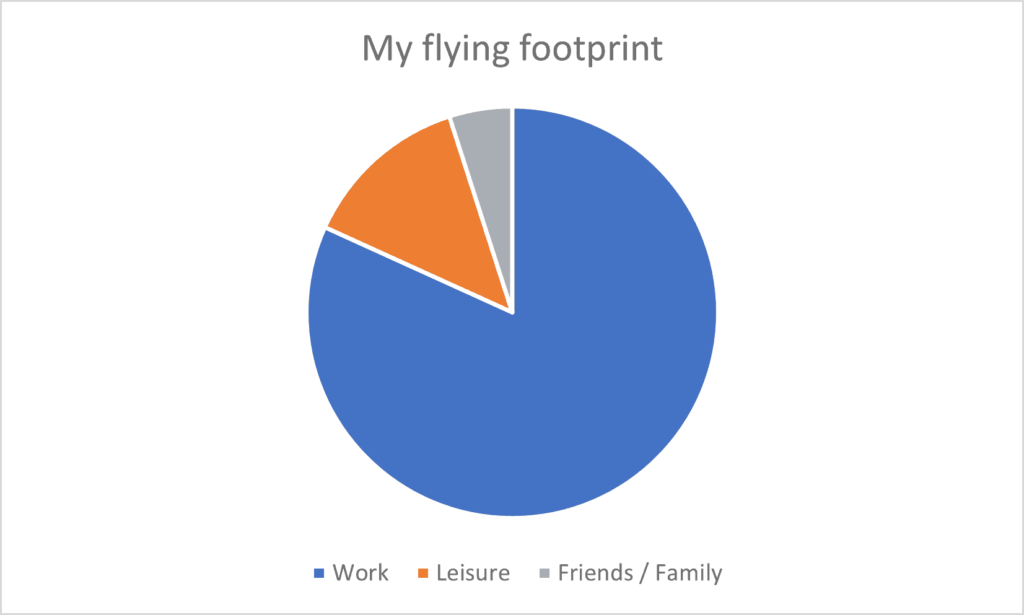
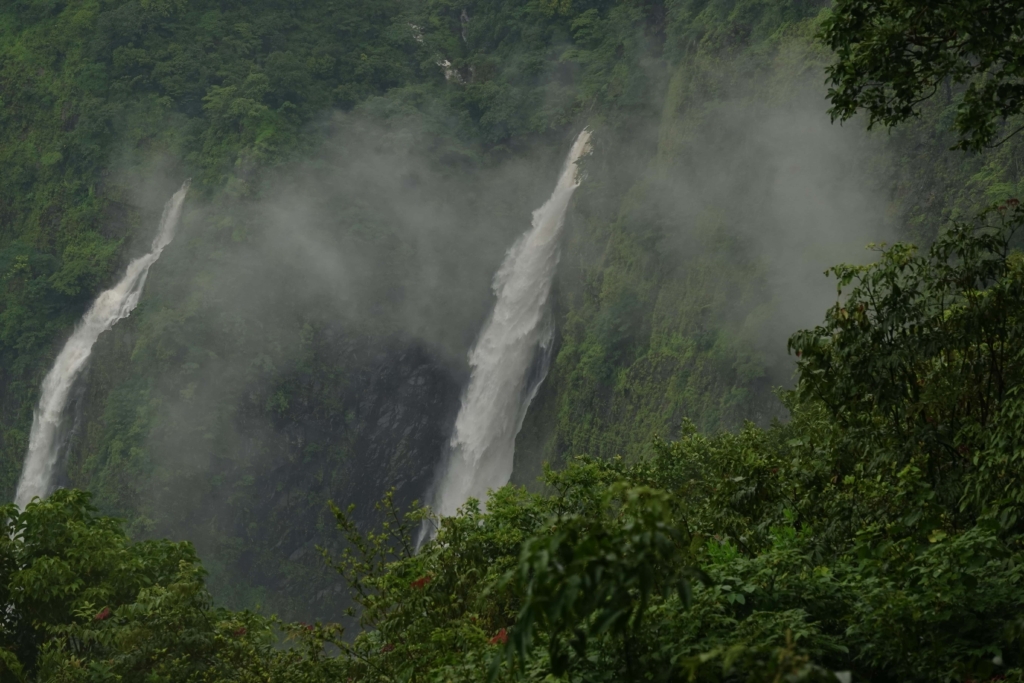

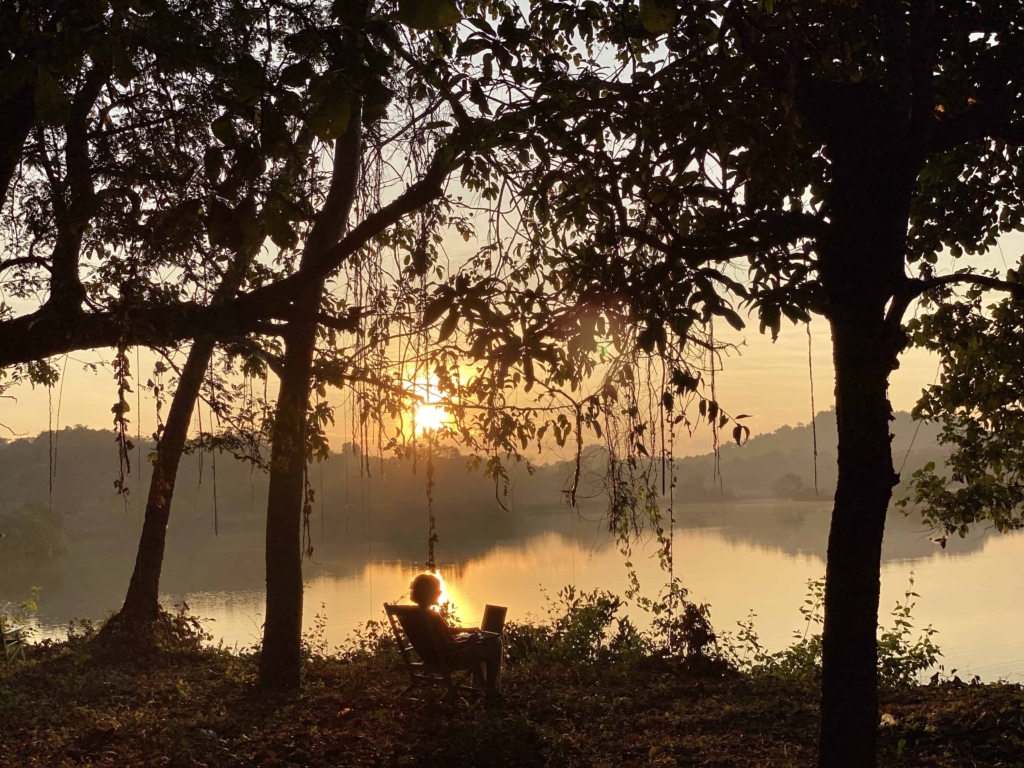

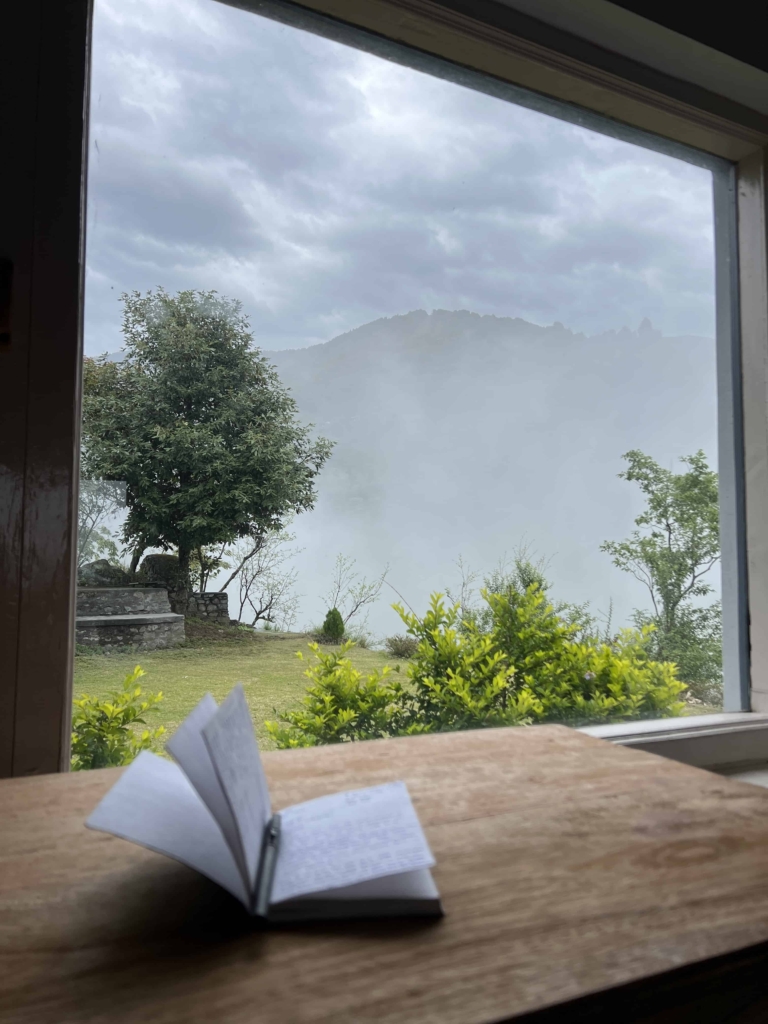
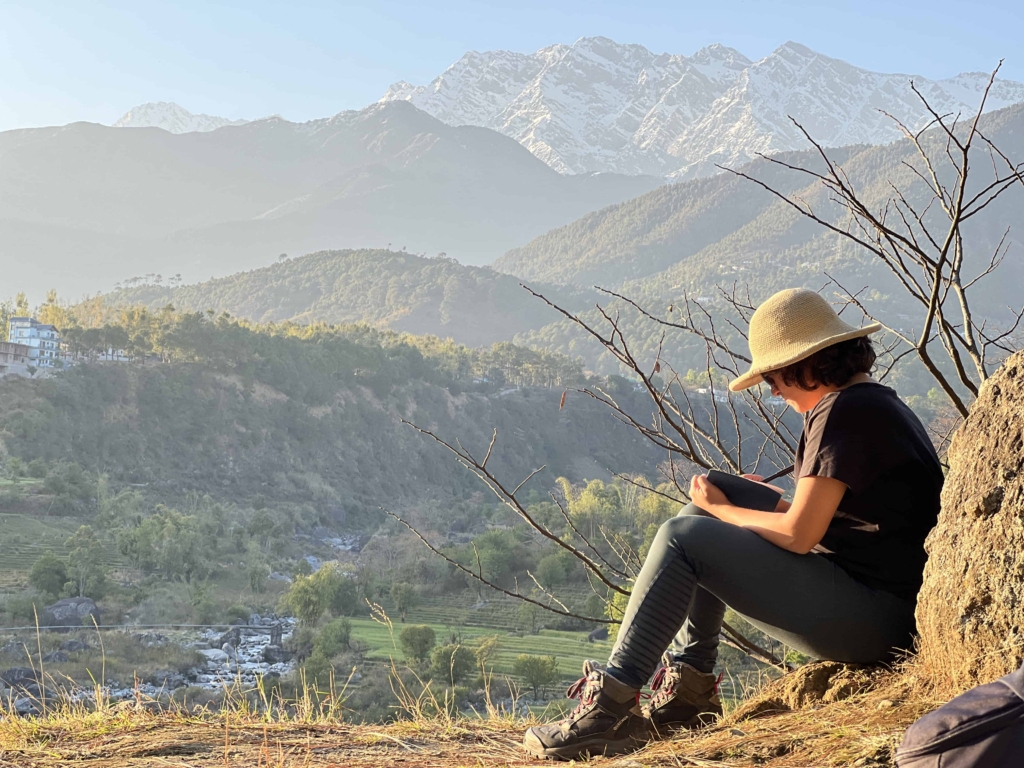

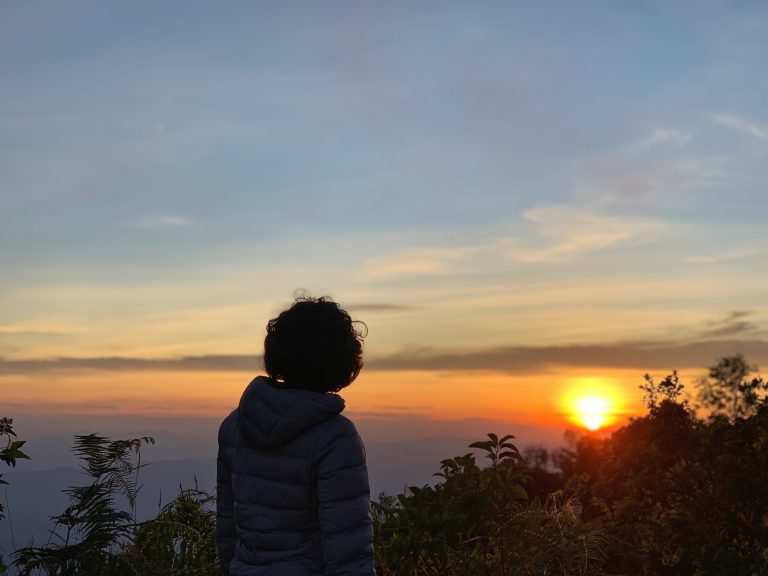
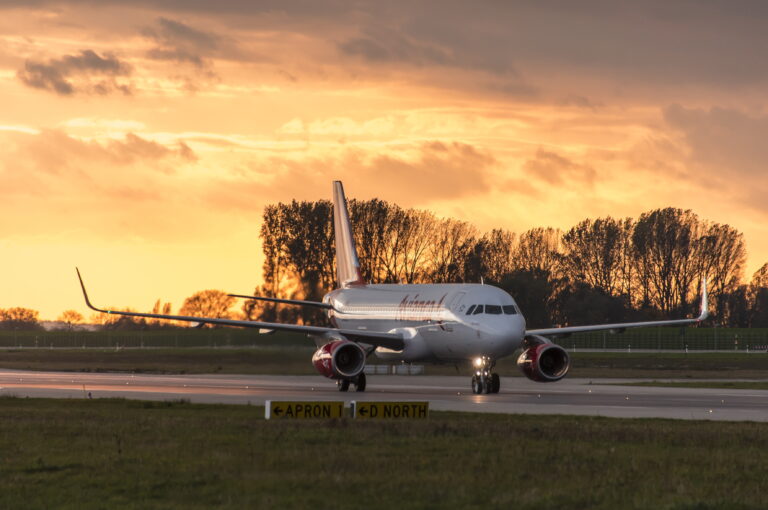
This is brilliant Shivya. Would you mind sharing which tool you used to calculate the emission of your flights?